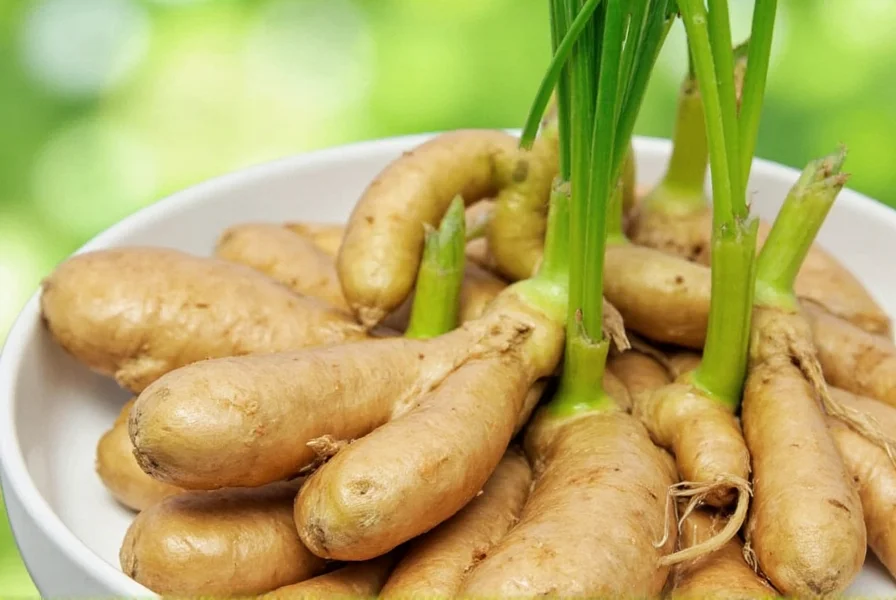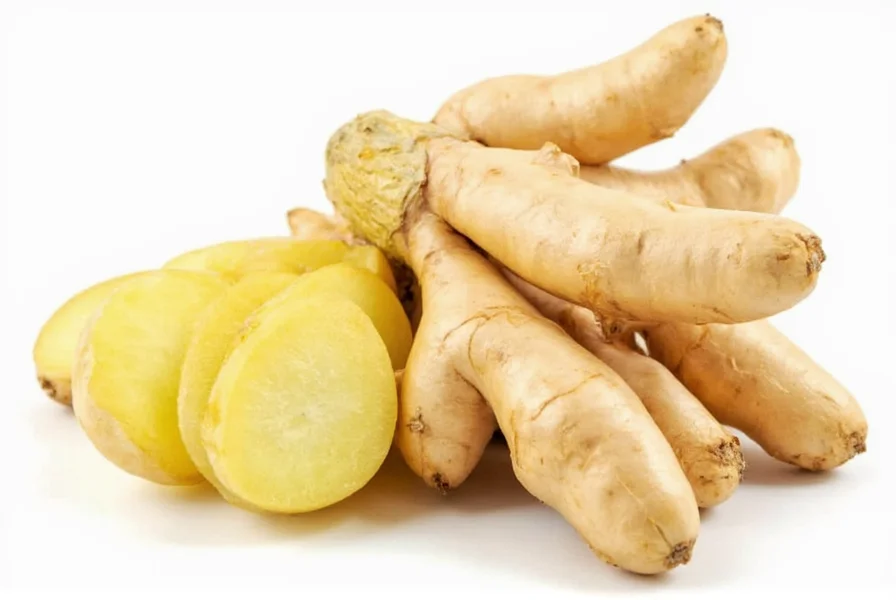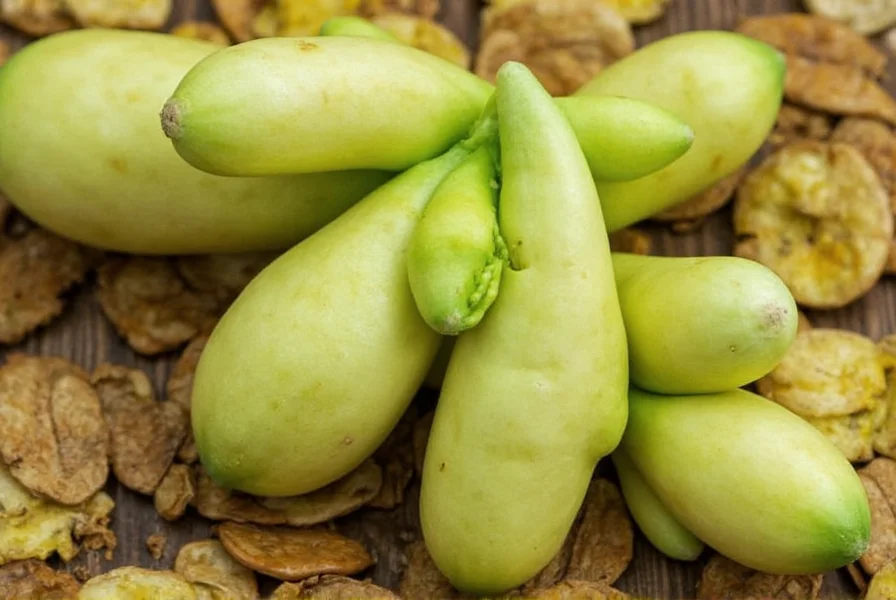Growing your own ginger root offers fresh, potent spice while connecting you with nature's rhythms. This ancient medicinal plant brings both culinary delight and health benefits to home gardeners. Whether you have a backyard plot or just a sunny windowsill, cultivating ginger provides a rewarding experience that yields aromatic, flavorful rhizomes for cooking and wellness.
Selecting Quality Ginger Root for Planting
Choosing the right ginger root makes all the difference in your growing success. Look for plump, firm rhizomes with smooth skin and visible eye buds—those small bumps where new growth emerges. Organic grocery store ginger often works better than conventionally treated varieties, which may contain growth inhibitors. The best time to plant ginger root is in early spring when temperatures consistently stay above 70°F (21°C).

Optimal Growing Conditions for Ginger
Ginger thrives in warm, humid environments that mimic its native tropical habitat. This shade-loving plant prefers dappled sunlight rather than direct exposure. The ideal temperature range sits between 75-85°F (24-29°C), with humidity levels around 70-80%. While ginger grows outdoors in USDA zones 9-12, gardeners in cooler climates can successfully grow ginger root indoors using containers.
| Ginger Variety | Maturity Time | Flavor Profile | Best Growing Method |
|---|---|---|---|
| Common Yellow Ginger | 8-10 months | Sharp, pungent | Containers or garden beds |
| African Ginger | 9-11 months | Milder, citrus notes | Indoors with controlled humidity |
| Blue Hawaiian | 10-12 months | Sweet, floral | Greenhouse or tropical climates |
Step-by-Step Ginger Planting Process
Preparing your ginger for planting requires careful attention to detail. First, soak the rhizome in water overnight to stimulate growth. Then cut sections with at least one eye bud, allowing cut surfaces to dry for 24-48 hours to prevent rot. Fill containers with a mix of potting soil, compost, and perlite for optimal drainage. When growing ginger root in containers, choose pots at least 12 inches deep with adequate drainage holes.
Place the rhizome pieces with buds facing upward about 2 inches below the soil surface. Water thoroughly after planting, then maintain consistent moisture—never allowing the soil to dry completely or become waterlogged. During active growth, feed monthly with balanced organic fertilizer. Remember that ginger grows slowly at first, with shoots emerging 2-4 weeks after planting.
Harvesting Your Ginger Crop
Knowing when to harvest ginger root determines its flavor and storage potential. Mature ginger typically reaches harvest readiness 8-10 months after planting, when the leaves yellow and die back naturally. For fresh cooking ginger, you can practice "partial harvesting" by carefully digging around the plant to remove outer rhizomes while leaving the main plant intact.

When harvesting fully mature ginger, stop watering 1-2 weeks beforehand to dry the soil slightly. Gently dig around the plant to avoid damaging the delicate rhizomes. After harvesting, cure the ginger in a shaded, well-ventilated area for 2-3 days before storing. Properly stored ginger maintains quality for several weeks in the refrigerator or months when frozen.
Troubleshooting Common Ginger Growing Problems
Even with careful attention, gardeners sometimes encounter challenges when growing ginger root. Yellowing leaves often indicate overwatering—adjust your watering schedule and check soil drainage. Lack of growth typically stems from insufficient warmth or light; consider moving containers to a warmer location with filtered sunlight. Root rot, signaled by mushy rhizomes, requires immediate action: remove affected parts and improve drainage.
Pests like spider mites occasionally trouble indoor ginger plants. Combat them with regular misting to increase humidity and occasional neem oil applications. If your ginger produces flowers but no substantial rhizomes, the plant may be focusing energy on reproduction rather than root development—ensure it receives adequate nutrients and partial shade.











 浙公网安备
33010002000092号
浙公网安备
33010002000092号 浙B2-20120091-4
浙B2-20120091-4